Introduction
Workplace safety is one of the paramount priorities for any industry, such as construction, manufacturing, or healthcare. Maintaining compliance with regulations on Personal Protective Equipment (PPE) reduces workplace injuries and improves the efficiency of operations.
However, PPE compliance can be hard to maintain because it is easily overlooked due to human error and is subject to changes in the high-risk environments in which they are used.
With the advancements in computer vision technology, automated PPE detection has emerged as a game-changing solution.
Using object detection models and deep learning algorithms, businesses can implement real-time, PPE compliance monitoring to ensure that workers are wearing the required PPE, such as hard hats, safety glasses, gloves, and high-visibility vests.
This proactive approach not only enhances workplace safety but also helps organisations comply with safety regulations and mitigate potential hazards.

What is PPE Detection?
Understanding Personal Protective Equipment (PPE)
Personal Protective Equipment (PPE) is protective gear that is designed to protect workers from hazards in different industries. Some of the common PPE items include:
Hard hats – They protect against head injuries.
Safety glasses and goggles – They prevent eye injuries from debris and chemicals.
Safety gloves – They shield hands from cuts, burns, and harmful substances.
High-visibility vests and reflective vests – They improve visibility in hazardous environments.
Ear protection – Reduces exposure to loud noises.
Protective footwear – Prevents falling objects and slippery surfaces.
Face masks and respirators – Prevents inhalation of harmful particles.
How PPE Detection Works Using Computer Vision
Ensure ppe compliance utilizes computer vision and AI-powered algorithms to automatically detect and ensure PPE compliance and usage in real-time. The process includes:
1. Capturing Visual Data – Existing cameras or edge devices collect images and videos of workers.
2. Image Data Processing – AI algorithms scan frames to determine if the workers are wearing the appropriate PPE.
3. PPE Violation Detection – In case an employee is not wearing appropriate PPE, the system sends real-time alerts to the safety officers.
4. Compliance – Organizations can monitor the usage patterns of those wearing PPE, and enhance the adherence to the safety protocols.
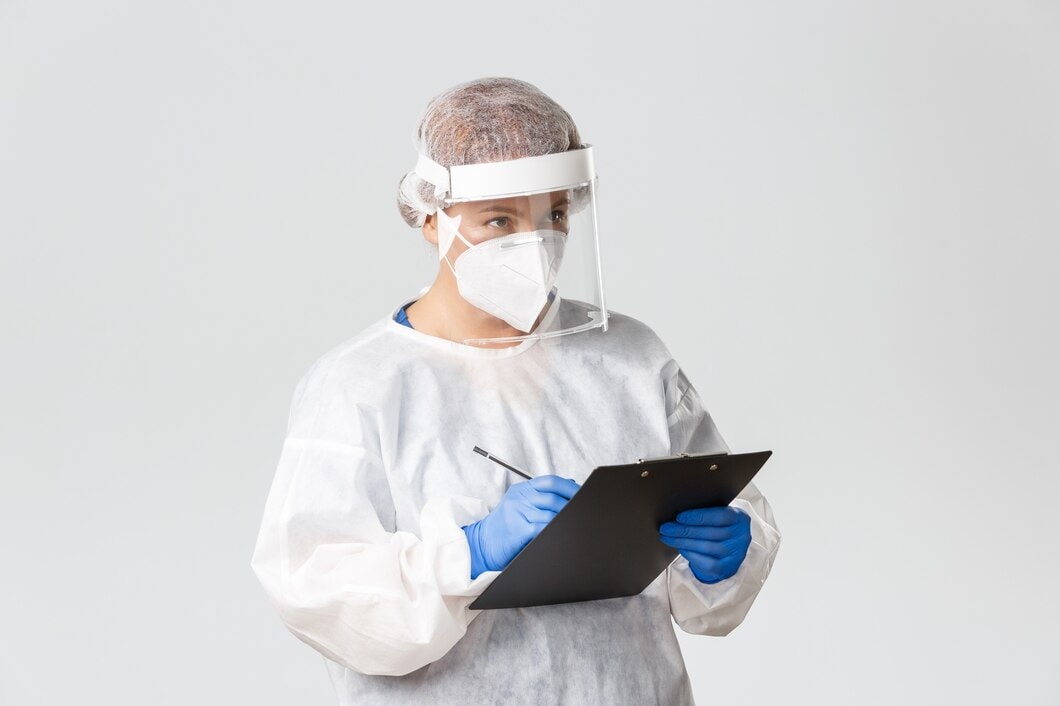
Technology Used in PPE Detection
Role of Computer Vision in PPE Detection
Computer vision technology allows machines to interpret images, making it perfect for PPE detection. The process is as follows:
Object detection – Identifies various safety gear, vests, hard hats, gloves, and safety goggles.
Image classification – Differentiates between compliant and non-compliant workers.
Real-time monitoring – Instantly flags PPE violations for immediate action.
Advanced Deep Learning Algorithms
Several object detection models are used for automated PPE detection, including:
YOLO (You Only Look Once) – A fast and accurate algorithm for detecting protective equipment.
SSD (Single Shot Detector) – Enables real-time PPE detection using existing camera infrastructure.
CNNs (Convolutional Neural Networks) – Trained with pre-trained models to recognize PPE items.
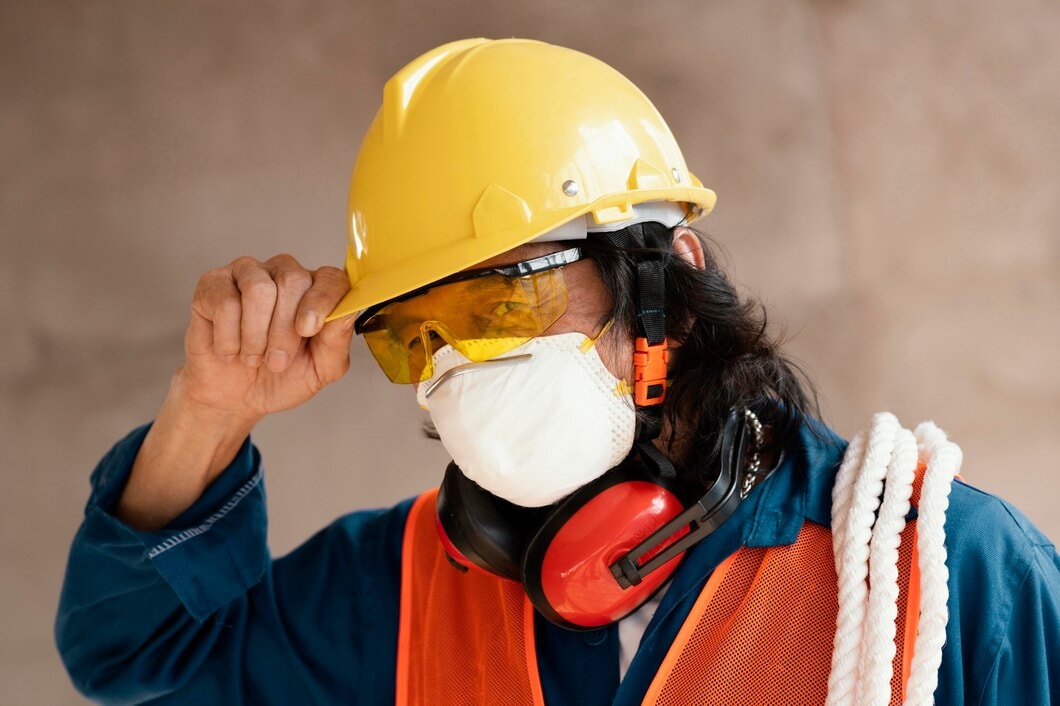
Real-Time Video Analytics and Data Processing
By integrating real-time PPE monitoring with edge devices, businesses can detect PPE violations instantly. These systems process image data and generate instant alerts to improve worker safety.
Use Cases of PPE Detection
1. Construction Sites
Detects hard hats and high-visibility vests to ensure worker safety.
Alerts supervisors if employees are missing required PPE.
2. Manufacturing Facilities
Ensures factory workers wear the required safety gear: gloves, safety goggles, and protective footwear.
Prevents workplace accidents caused by non-compliance with safety protocols.
3. Healthcare
Tracks appropriate PPE wear, including masks and gloves.
Reduces infections by ensuring all safety standards are met.
4. Warehouse and Logistics
Detects ppe violations in fast-moving spaces.
Improves operational efficiency through real-time alerts.
5. Oil & Gas Industry
Ensures that fire-resistant suits, gloves, and ear protection are used correctly.
Reduces risks in dangerous environments.
Benefits of PPE Detection Using Computer Vision
1. Enhanced Safety Compliance
Increases workplace safety as workers adhere to all safety rules and regulations.
2. Real-Time Monitoring
Uses real-time PPE monitoring to detect non-compliance instantly.
3. Scalability and Cost Efficiency
It works across multiple sites without the need for additional safety officers.
4. Data-Driven Safety Insights
Safety culture analysis to improve EHS teams' decision-making.
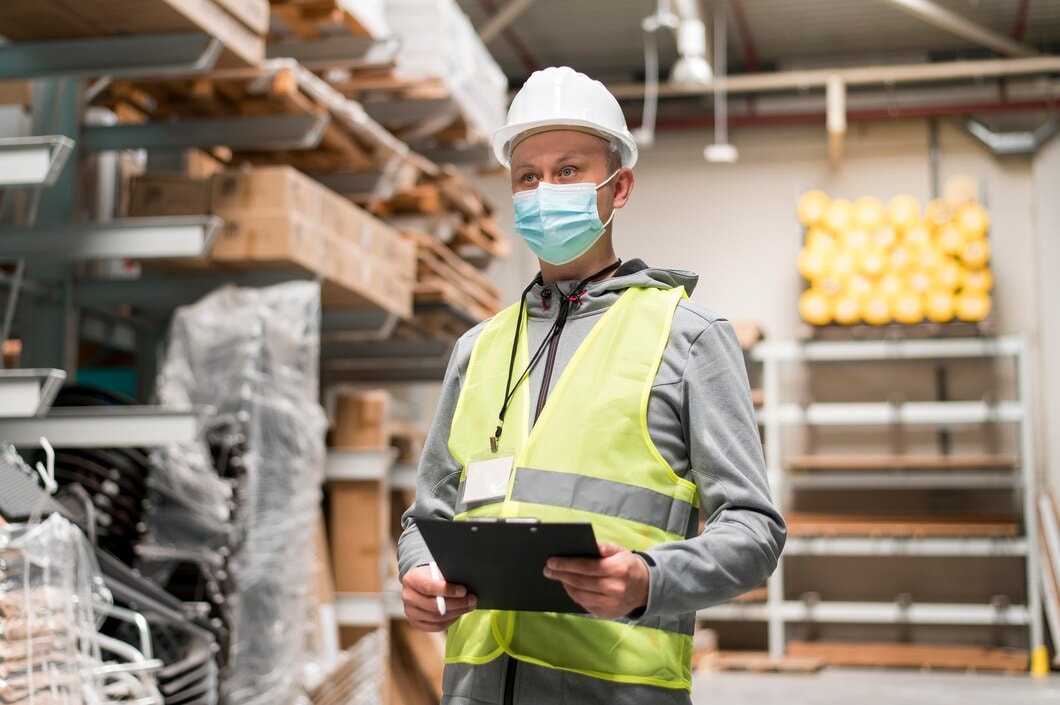
Challenges in Implementing PPE Detection
PPE detection technology has its own set of challenges despite its benefits:
1. Technical Issues: Occlusions, poor lighting, and existing camera angles can impact accuracy.
2. Data Requirements: Large, diverse datasets are needed to train detection models.
3. Integration with Existing Systems: Should integrate with current existing infrastructure.
4. Privacy Issues: Organizations should address the ethics of surveillance and worker safety.
How to Implement PPE Detection in Your Organization
1. Assess PPE Compliance Requirements: Identify required safety and protective gear for your industry.
2. Choose Right Technology: Choose AI-based artificial intelligence solutions that work for you.
3. Train AI Models: Use image data to develop accurate object detection models.
4. Deploy and Integrate Systems: Install existing cameras with real-time PPE monitoring.
5. Continuously Improve Accuracy: Regularly update pre-trained models for key features and better performance.
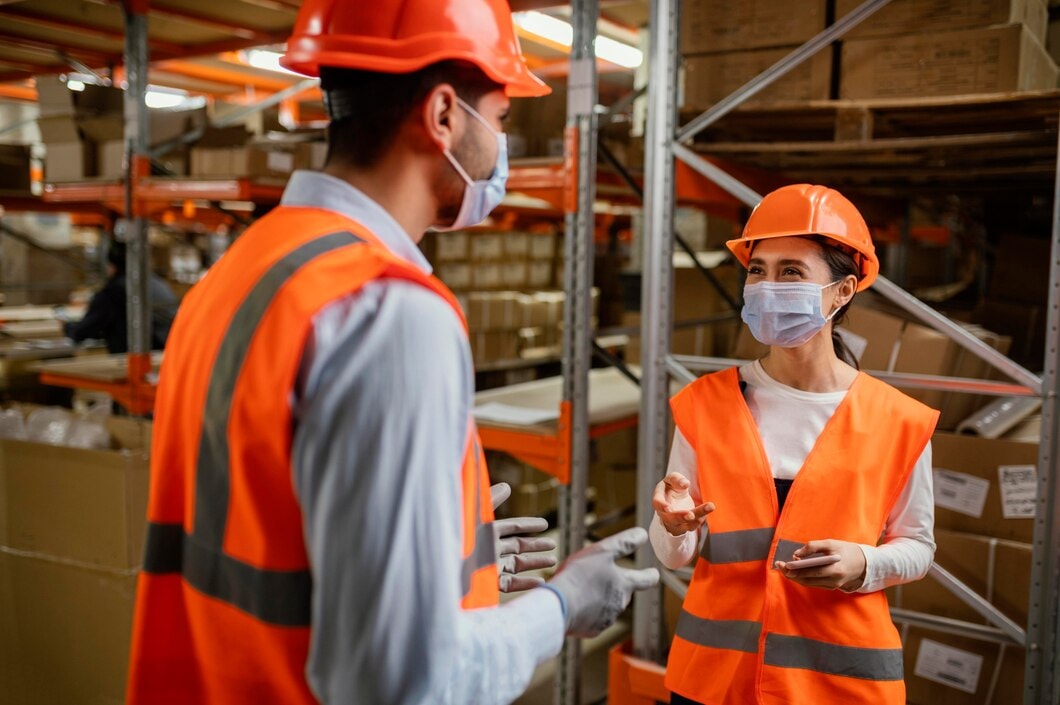
Real-World Examples of PPE Detection
Computer vision technology is being used by many companies to improve workplace safety:
Smart construction sites use real-time alerts for non-compliance.
AI-powered manufacturing facilities detect ppe usage violations.
Oil & gas companies integrate edge devices for real-time monitoring.
The Future of PPE Detection with AI
Integration with Wearable Technology & IoT Devices
Smart safety vests and helmets embedded with sensors for instant alerts.
Predictive Analytics for Workplace Safety
AI-driven risk assessment to prevent workplace accidents before they occur.
Advanced AI Capabilities
Behavior analysis to detect potential hazards in high-risk environments.
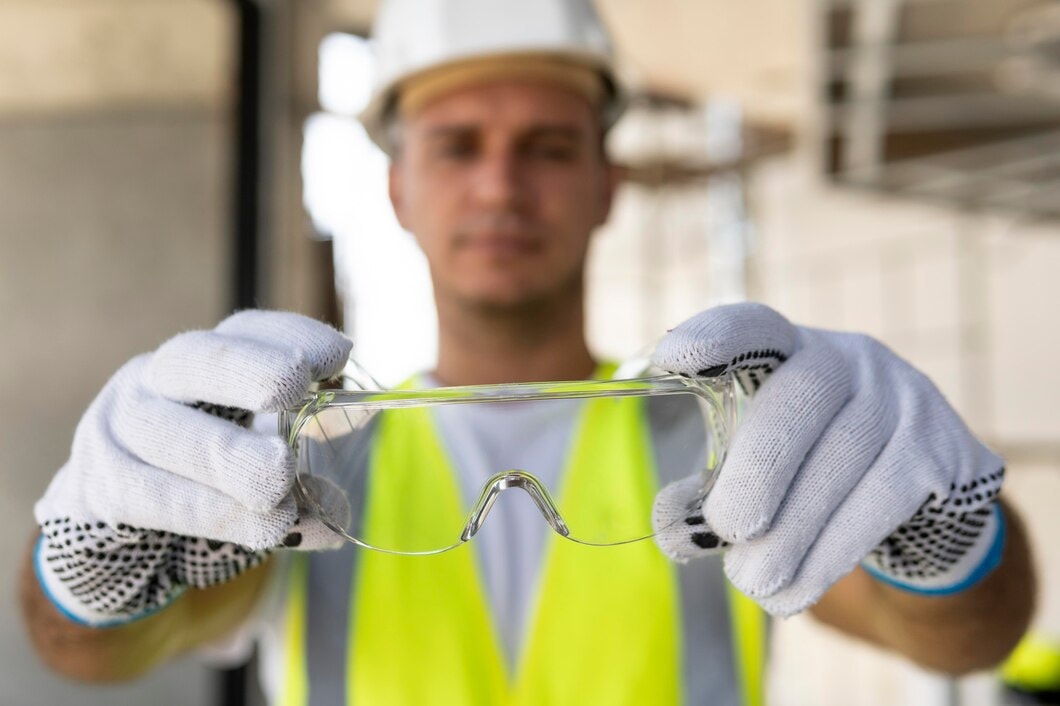
Conclusion
Computer vision technology is revolutionizing PPE detection, ensuring workplace safety through real-time PPE monitoring.
With the adoption of automated PPE detection, industries can reduce workplace injuries, improve ppe compliance, and create a safety culture.
Organizations must embrace AI-powered solutions to protect workers, enhance workplace safety, and ensure adherence non compliance to safety regulations.
With continuous advancements in deep learning algorithms, the future of PPE detection technology promises even greater accuracy, efficiency, and operational efficiency.
Frequently asked questions
Q1. What does PPE Detection using Computer Vision mean?
It is an AI technology that instantiates computer vision algorithm/software which will analyze the visual data to detect the appropriate PP (personal protective equipment) such as hard hats, safety glasses, high-visibility vests, etc., that a worker should be wearing.
This is meant to protect health and somewhere ensures that PPEs are used in a hazardous environment.
Q2. How does the PPE detection technology help the prevention of workplace injuries?
Using advanced deep learning algorithms and object detection models, the PPE detection technology offers real-time monitoring and instant alerts for any breaches on PPE regulations.
Therefore, the technology affords safety officers an early mechanism to enforce regulations on safety of workers from avoidable accidents from errors of judgement by individuals or breaches of PPE usage.
3. Is it possible to perform automated PPE detection using the existing cameras?
Yes, existing camera infrastructure may be used to implement PPE detection models without acquiring new hardware.
AI-based PPE detection models analyze image data from cameras placed in areas such as job sites, warehouses, and factories with high risks of safety hazards to assure workplace safety and proper PPE use.
4. What are some advantages of AI-based PPE detection?
PPE detection using AI techniques enhances safety in a work environment by ensuring there are safety violations, real-time monitoring of PPE activity, and preventing occurrence of potential hazards, which in turn minimize accidents in the work environment.
It automates PPE compliance checks, which means a reduction in manual inspection by the EHS teams.
5. What customization options are available for PPE detection technology across industries?
PPE detection models can be trained for custom PPE types, which can be industry-specific, such as ear protection for factory workers, reflective vests in the case of construction sites, and safety gloves for a manufacturing plant.
With the use of pre-trained models and edge devices, companies can customize the technology to address their own safety standards and regulatory frameworks.